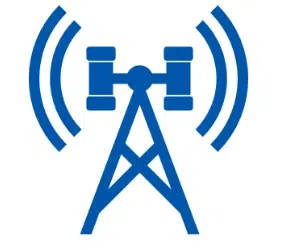A rooftop antenna lease and a ground lease are two different types of agreements related to the placement of wireless infrastructure, such as cell antennas, on a property. Here are the key differences between the two:
Rooftop Antenna Lease:
- Location: A rooftop antenna lease involves the installation of wireless equipment and antennas on the roof of a building. This type of lease is common in urban areas where there may be limited space for ground-based infrastructure.
- Property Type: The property in question is typically a commercial or residential building with a suitable rooftop. Property owners lease space on their rooftops to wireless carriers or tower companies for the installation of antennas and related equipment.
- Access: Access to the rooftop is often required for installation, maintenance, and servicing of the antennas and equipment. Property owners and wireless carriers agree on the terms and conditions of rooftop access.
- Rent: Property owners receive rent or lease payments from wireless carriers for the use of their rooftop space. The rent amount is typically negotiated based on factors such as location, coverage area, and market rates.
- Visibility: Rooftop antennas are less visible to the general public compared to ground-based towers, making them a preferred option in areas with aesthetic or zoning considerations.
Ground Lease:
- Location: A ground lease involves the use of a portion of land or ground for the installation of wireless infrastructure, such as a cell tower or equipment shelter. This type of lease is common in both urban and rural areas.
- Property Type: The property in question can be various types of land, including vacant land, commercial properties, or rural properties. It may also include properties with existing structures where ground-based equipment can be installed.
- Access: Access to the leased ground is necessary for installation, maintenance, and servicing of the infrastructure. Property owners and wireless carriers negotiate access rights and terms.
- Rent: Property owners receive rent or lease payments from wireless carriers or tower companies for the use of their land. The rent amount is determined through negotiations and may depend on factors such as location, zoning, and market rates.
- Visibility: Ground-based infrastructure, such as cell towers, is more visible to the public than rooftop antennas. Ground lease agreements may include provisions for camouflage or landscaping to minimize visual impact.
In summary, the primary difference between a rooftop antenna lease and a ground lease is the location of the wireless infrastructure. Rooftop antenna leases involve placing equipment on the roof of a building, while ground leases involve using a portion of land for infrastructure installation. The specific terms and conditions of these leases, including rent, access rights, and visibility considerations, can vary based on the location, property type, and negotiations between property owners and wireless carriers.
